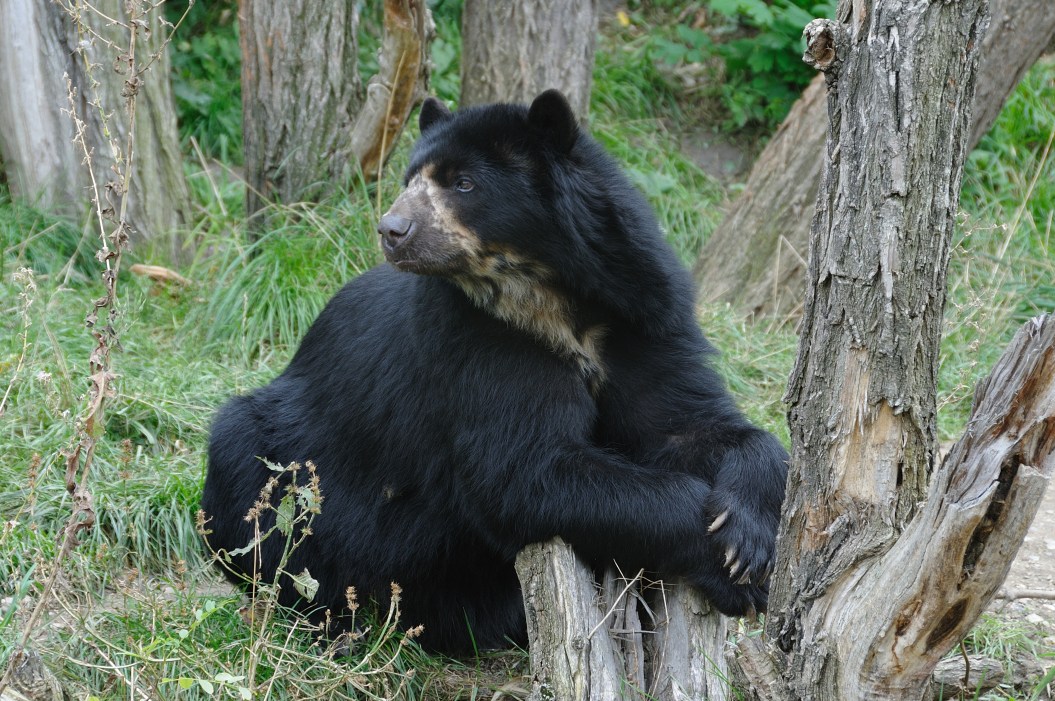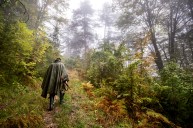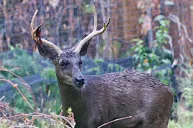While the monicker "black bear" may lead you to believe most of these four-legged creatures come in one color, conservationists and avid black bear watchers know the apex predators can actually be seen with coats of black, brown, white, or cinnamon. But this week, a video surfaced showing a black bear with one of the rarest color combinations: piebald.
A trail camera captured a piebald black bear strolling through Shoalwater Bay Reservation in Southern Washington by TikTok user @nativedude1.
@nativedude1 #blackbear #ghostbear #spiritbear #onlyone #kermodebear #tribal #nativetiktok #shoalwaterbay #crazyshit #savethebears
When the animal first appears on screen, it's hard to tell just what you're looking at. At first glance, it looks like a fluffy cow with the gait of a bear, almost looks like a panda whose colors got a little confused. But, a closer look verifies that this is indeed a rare Piebald black bear.
But while it's documented clear as day in this video that this coloring exists in the species, there is not much information on these bears. We do know that piebaldness happens commonly in other species, including deer, dogs, cats, horses, and sometimes even elk and moose. But even though we associate coloring with deer, even among whitetail deer the condition is rare, with the North Carolina Wildlife Resources Commission guestimating one out of every 1,000 whitetails has the trait.

Getty Images, Brittany Crossman
It's very rare in bears. This is because both parents must carry the recessive gene to pass the genetic condition on to their offspring.
There have been past reports of Piebald bears in nature circles. In 2021, a reader wrote to Nature Friend Magazine asking about a two-color cub their wildlife camera captured. A Reddit user posed the question, "How rare piebald black bears" were in 2019. However, a few commenters shot down the query, saying they did not exist. Washington, where this Piebald was captured on a trail cam, has 20,000 black bears. But no one knows how many exhibit the recessive trait.
However, most of the time the piebalding is very subtle, with just a bit of white showing on the bears chest or back. The piebald bear Nativedude1 captured on video is a true, deep patterning that covers its whole body, similar to what we see in deer or cows.
White black bears are also rare, though they're better documented than their Piebald cousins. According to the British Columbia Wildlife Guide, 400 are left worldwide. Kermode or spirit bears have been hunted almost to extinction. One was seen in 2017 in British Columbia, and another on a trail cam in Michigan in 2022.
Many Native American communities have fought to protect Kermode bears from hunting, especially in British Columbia, and have been largely successful in their conservation efforts. But the fight continues to keep these precious spirit bears safe.




